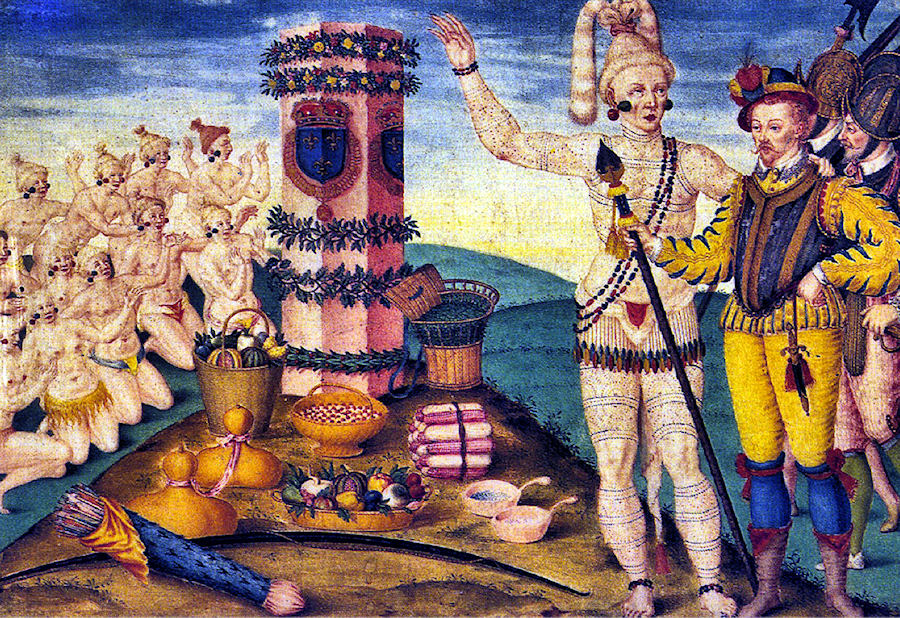These people didn’t become extinct. They first migrated northward to Mexico and founded Teotihuacan and then migrated to the Southeastern United States, where they became the elite of the Creek People’s ancestors. Ethnologist Charles de Rochefort wrote that the High King of the Apalache Kingdom in Northeast Georgia called himself Paracusa or Paracusa-te. This title was also used by the High King of the Satele on the coast of Georgia.
In the 1940s, the famous archaeologists, Robert Wauchope and Arthur Kelly, discovered an entire, very large, town, composed of these “coneheads” on the Etowah River, upstream from the big mounds, and northwest of Atlanta. Their fellow archaeologists dissed the discovery, claiming that the entire population of the town was afflicted with hydrocephalus (water on the brain)! The skeletons, unearthed by Kelly, have disappeared. The town site is now under the waters of Lake Allatoona.


“The skeletons have disappeared and the town site is now under the water.”
I’ve heard this kind of story over and over again from many parts of the world. If there isn’t a video documenting a number of these suspicious cases to show how common they are, there should be.
LikeLike
Richard, Right you are again. According to some lore I read the Native peoples of the South had ones in charge that spoke another langue. Likely they named the cities with words from the Olmec / Maya lands and some also came from South America. There seems to be a ancient Indo-Sanskrit connection as well with the sound “Para” = Great. The people that preceded the Greeks seem to have left many place locations in Indo-Sanskrit words that make no sense in Classical Greek. The ancient people were a darker skin tone than the Greeks. Who were the people that wore white linen and toga’s that Desoto’s men wrote about in central Georgia? Thanks for the articles.
“The white clothing in which those Indian women came clothed are some blankets of both coarse and fine linen. They make the thread of them from the bark of the mulberry trees; not from the outside but rather from the middle; and they know how to process and spin and prepare it so well and weave it, that they make very pretty blankets. And they put one on from the waist down, and another tied by one side and the top placed upon the shoulders, like those Bohemians or Egyptians who are in the habit of sometimes wandering through Spain.”
LikeLike
Fascinating! I follow the DNA of the Paracas carefully and I do believe you are the only one that connects them to tribes in North America and the other mound builders.
LikeLike
The extinct Timucua people along the southeastern US Atlantic coast existed for some time after European contact in close relationships with Spanish missions. Their language was relatively well documented and studied by the friars making it one of the best understood of pre-Columbian tongues. In Timucuan, the word Paracusi means war prince.
LikeLike
Richard, I should also have mentioned…the real name that started the Rameses Nobles in Egypt was : “Pa-ra-mes-su, Ramesses I was of non-royal birth, being born into a noble military family from the Nile delta region, perhaps near the former Hyksos capital of Avaris. He was a son of a troop commander called Seti.”
LikeLiked by 1 person